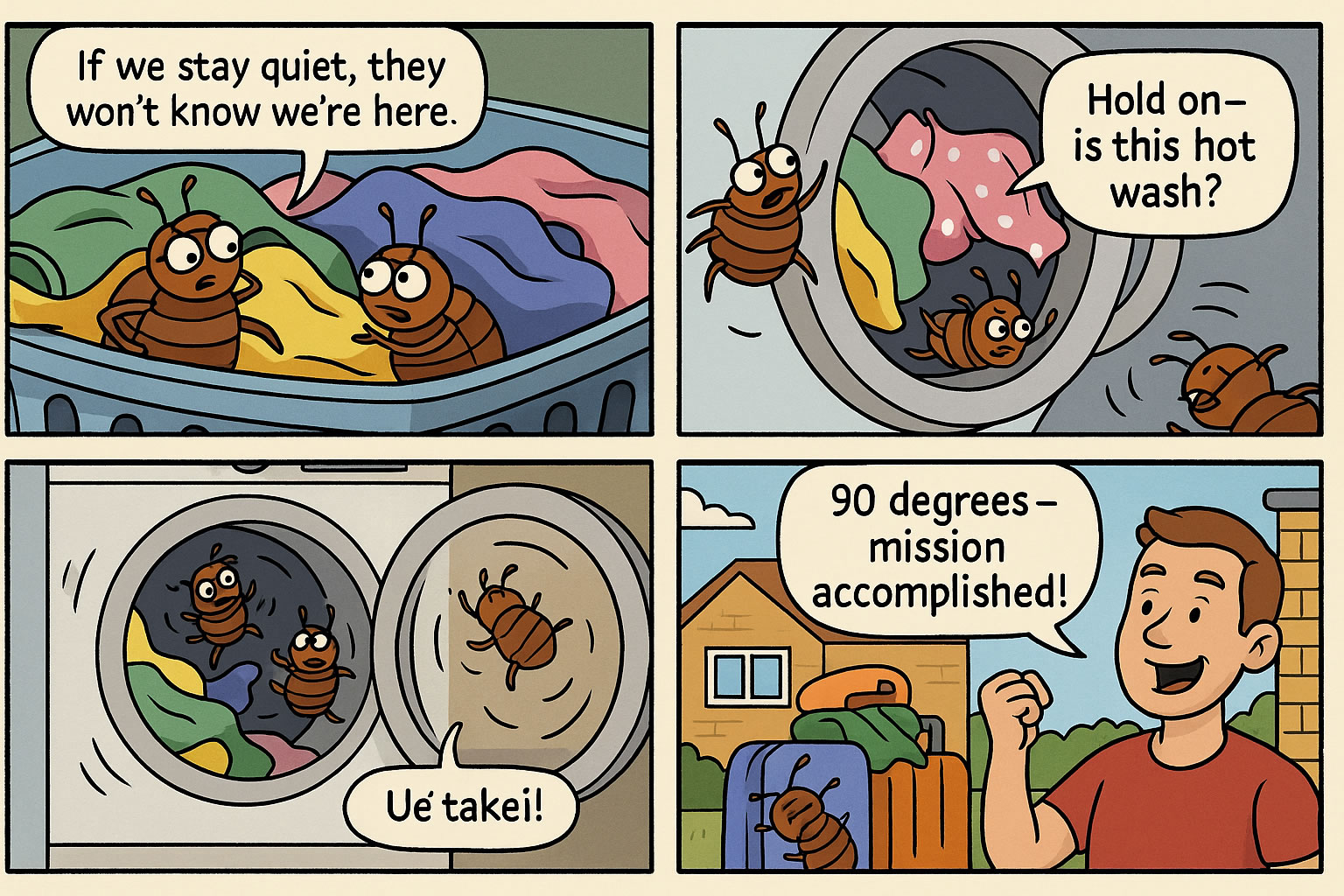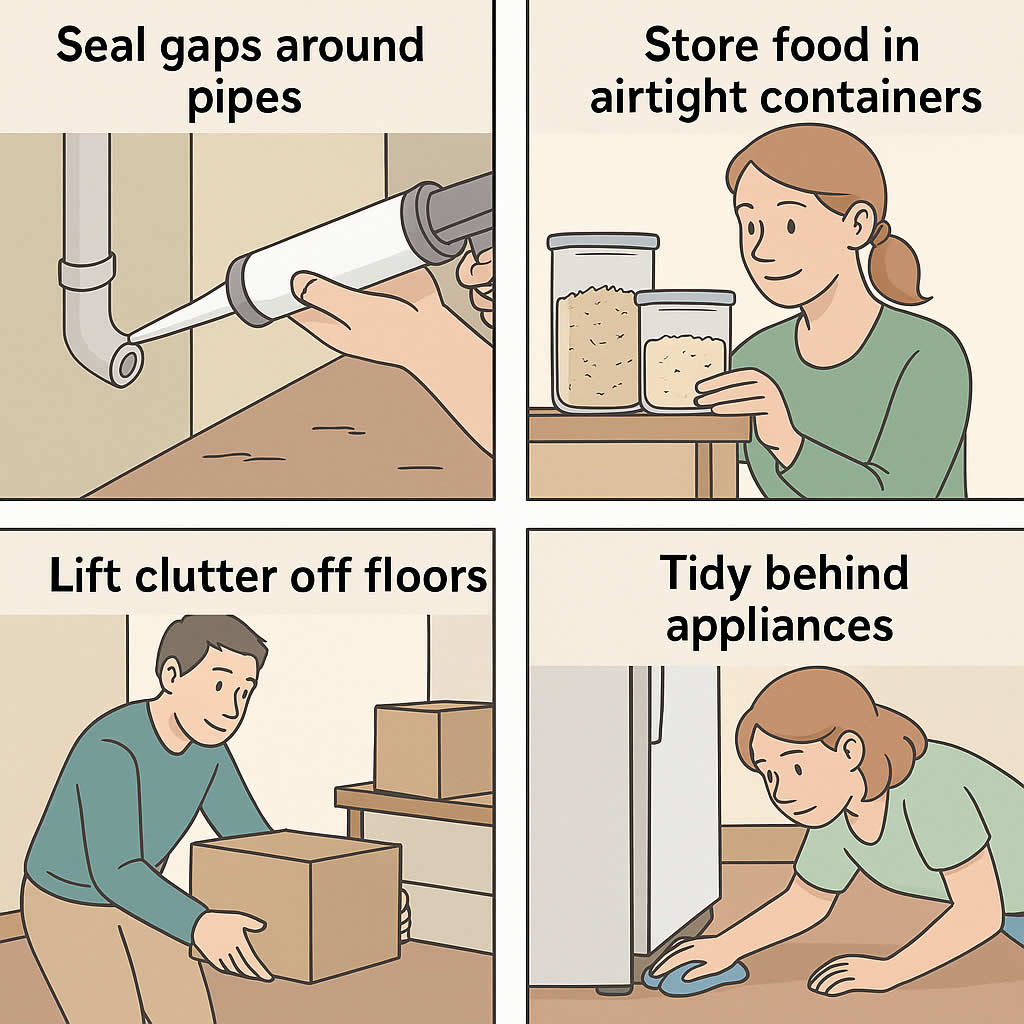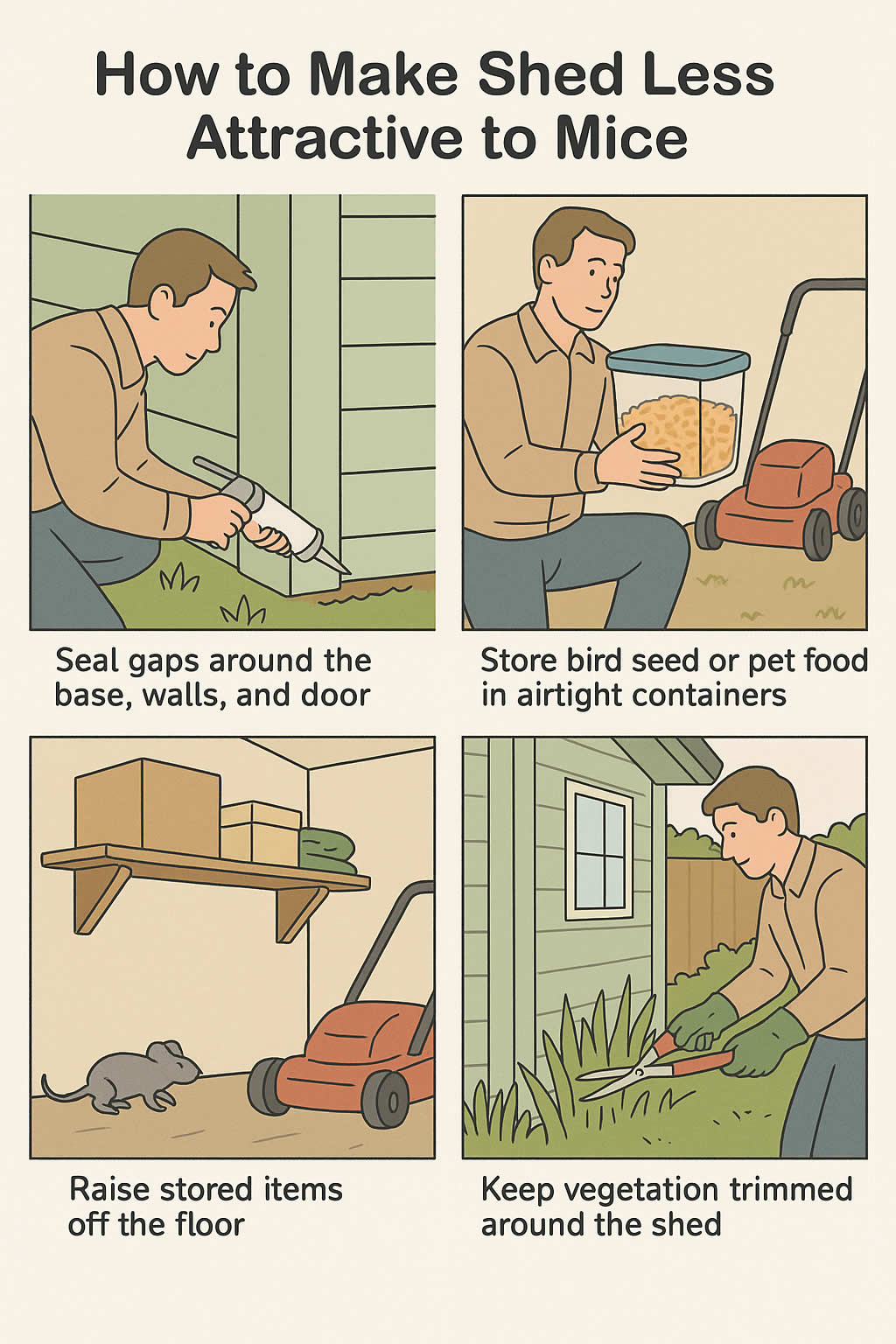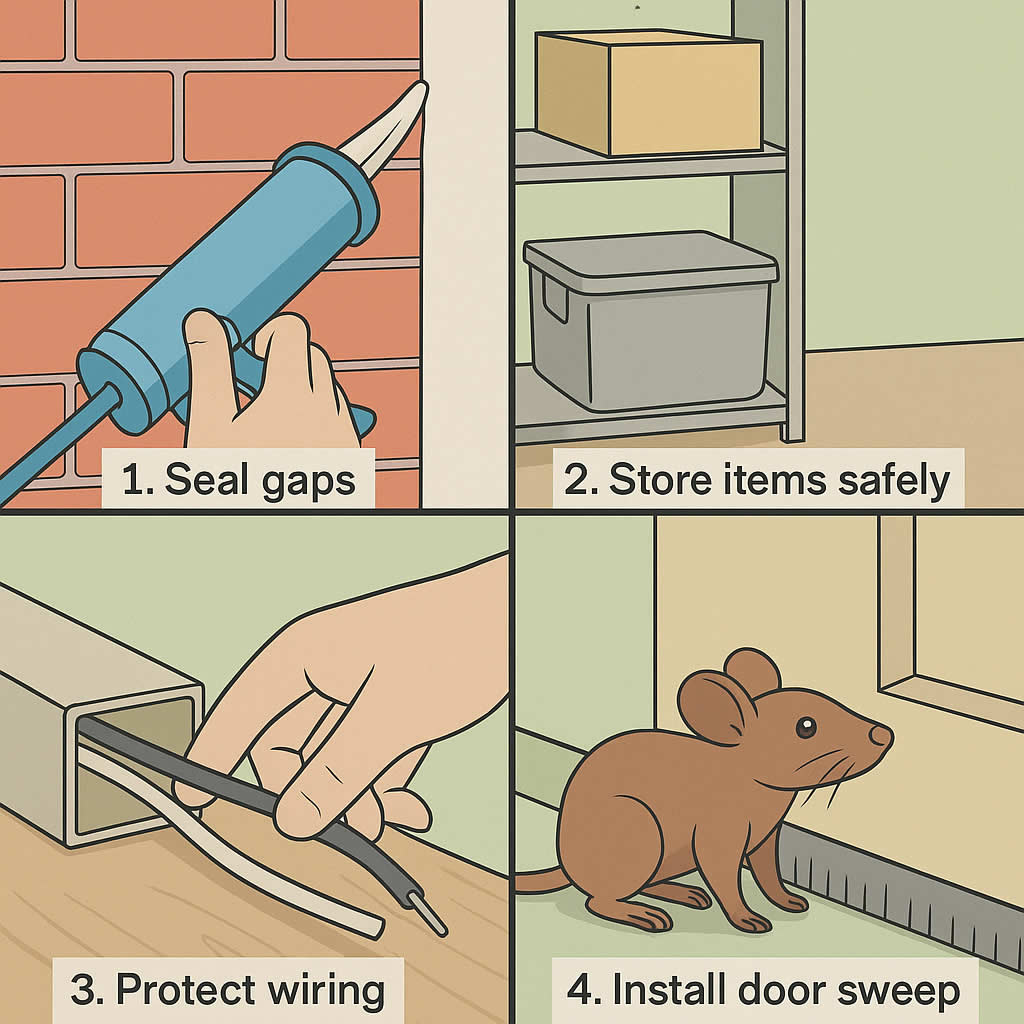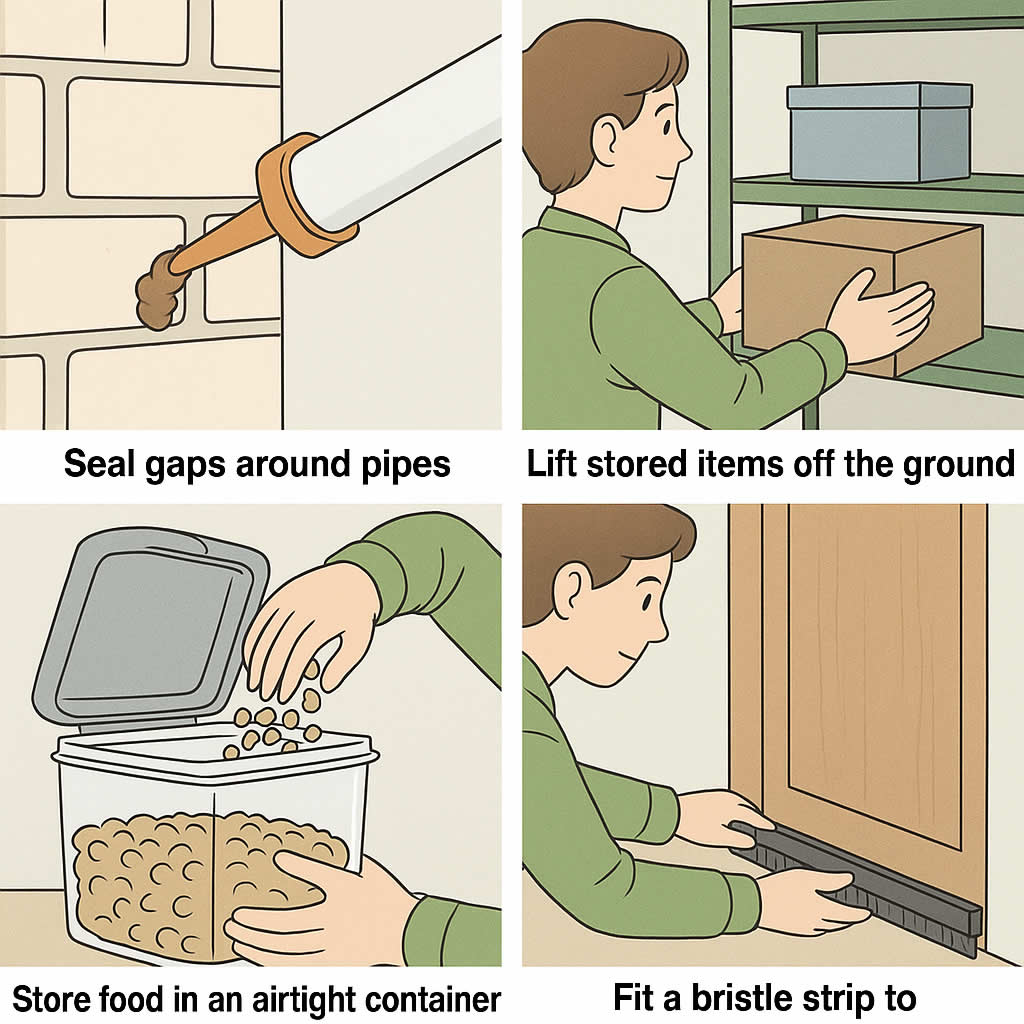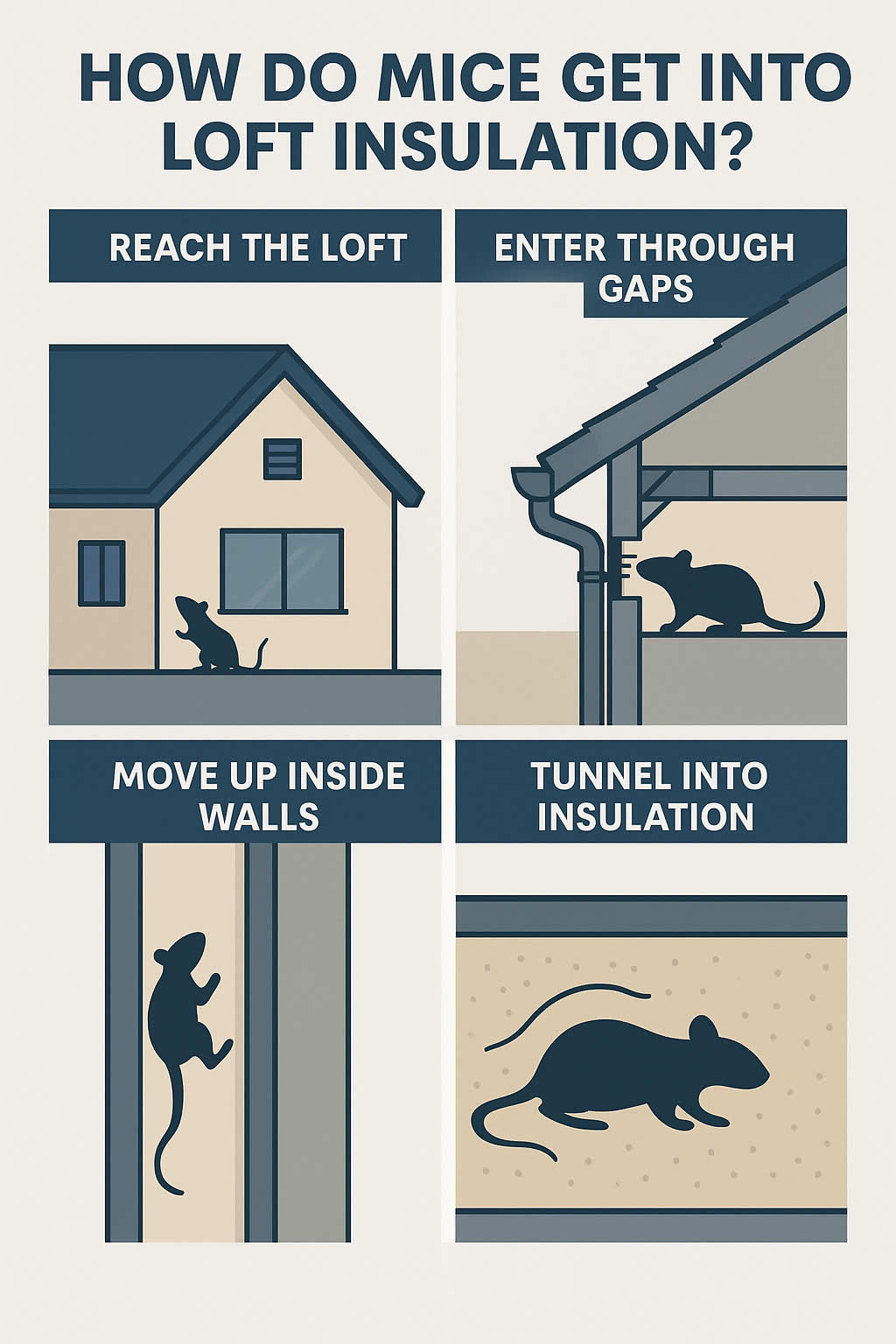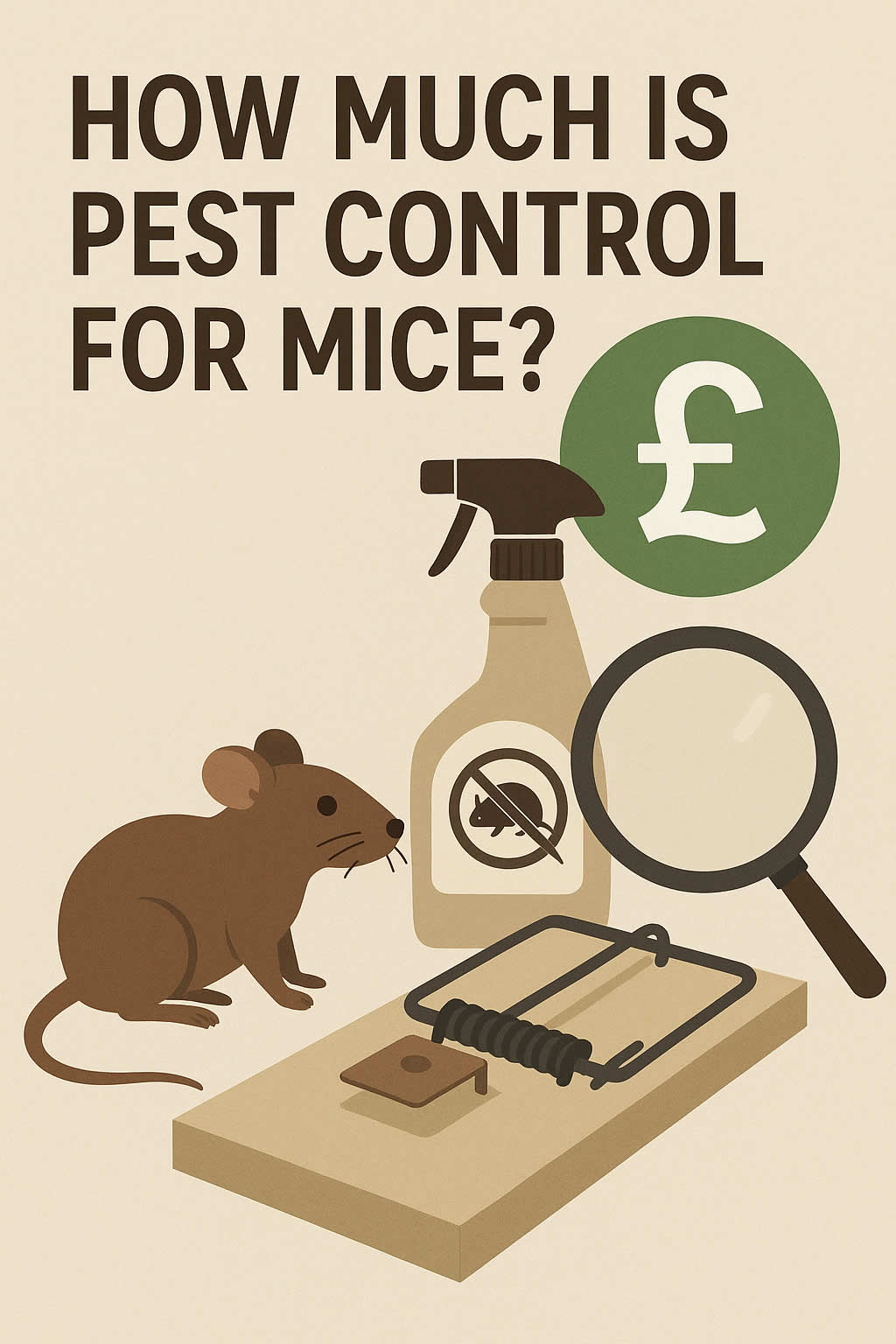Related Queries
ToggleDid you know that a female bed bug can lay up to 500 eggs in her lifetime? Understanding what temp kills bed bugs is crucial if you’re facing an infestation of these persistent pests.
While adult bed bugs die at temperatures of 119°F (48°C), their heat-resistant eggs require higher temperatures of at least 125°F (52°C) for elimination. Research indicates that exposure to 140°F (60°C) effectively kills bed bugs at all life stages. However, the duration of heat exposure matters just as much as the temperature itself. According to the Centers for Disease Control and Prevention, bed bug infestations can take weeks to months to eliminate completely, highlighting why proper heat treatment techniques are essential.
Throughout this guide, you’ll discover the exact temperatures needed to kill both bed bugs and their eggs, how long to maintain these temperatures for maximum effectiveness, and the safest methods to apply heat treatment in your home. Let’s explore how you can use heat as a powerful weapon against these stubborn invaders.
How Heat Affects Bed Bugs and Their Eggs
Heat effectively eliminates bed bugs because it disrupts their cellular function at a fundamental level. When bed bugs are exposed to temperatures around 45°C or higher, their cellular DNA begins to break down, causing the cells to stop functioning properly. Furthermore, professional heat treatments work by denaturising the proteins that bed bugs need for survival and simultaneously drying them out, which creates a dual killing effect.
Why heat is effective against bed bugs
Heat treatment offers several advantages over chemical alternatives. Unlike pesticides that bed bugs may develop resistance to, heat penetrates deep into furniture, mattresses, walls, and other hiding spots where these pests conceal themselves. Since heat treatment targets the biological structure of the insects, they cannot develop immunity to this approach. Additionally, heat treatment is non-toxic and environmentally friendly, making it safer for your home environment.
What temperature kills bed bugs instantly
For immediate elimination of bed bugs, you need to reach specific temperature thresholds. Research indicates that bed bugs exposed to 50°C (122°F) die instantly. At slightly lower temperatures, the exposure time becomes critical. For instance, bed bugs require:
- 94.8 minutes of exposure at 45°C (113°F) for adults
- 71.5 minutes at 48°C (118.4°F) for eggs
- 30 minutes at 44.6°C (112.3°F) for complete mortality of all life stages
Different studies report slightly varying temperatures because of differences in methodology and heating rates. Nevertheless, most professional heat treatments aim for 50°C-52°C (122°F-125.6°F) for one to two hours to ensure complete elimination.
Differences in heat resistance between adults and eggs
Bed bug eggs consistently demonstrate greater heat tolerance than adults. In controlled studies, adult bed bugs perished after 20 minutes at 44.6°C (112.3°F), whereas eggs required 30 minutes at the same temperature for complete mortality. This difference is significant when planning treatment protocols.
The thermal death point for adult bed bugs is approximately 48.3°C (119°F), while eggs require higher temperatures of about 54.8°C (130.6°F). This disparity explains why some treatments fail—they might kill adult bed bugs but leave viable eggs that later hatch and restart the infestation.
When temperatures cannot reach these thresholds throughout all potential hiding places, exposure duration becomes even more crucial. For example, at 45°C (113°F), adults die after approximately 95 minutes, but eggs can survive up to 7 hours at this temperature. Consequently, professional heat treatments typically maintain elevated temperatures for several hours to ensure all eggs are eliminated.
Exact Temperatures That Kill Bed Bugs
Precise temperature thresholds are critical when using heat to eliminate bed bugs from your home. Scientific research has established specific thermal death points for these persistent pests, providing clear guidelines for effective treatment.
Minimum lethal temperature for adults
Adult bed bugs perish when their cellular structure breaks down at specific temperatures. Research shows that the lethal temperature for 99% of adult bed bugs (LTemp99) is 48.3°C (118.9°F). When immediate mortality is your goal, raising the temperature to 50°C (122°F) for one hour or 52°C (125.6°F) for two hours delivers complete control.
At lower temperatures, exposure time becomes crucial. Adult bed bugs die within 90 minutes at 45°C (113°F). Specifically, studies demonstrate that adults require 94.8 minutes of exposure at 45°C for complete elimination. Moreover, all stages of bed bugs can be killed at 60°C (140°F) with brief exposure.
Temperature to kill bed bug eggs
Bed bug eggs demonstrate notably higher heat resistance than adults. Scientific studies indicate the lethal temperature for 99% of eggs (LTemp99) is 54.8°C (130.6°F), significantly higher than what adults can withstand. To ensure complete eradication of eggs, you must maintain:
- 54.8°C (130.6°F) for immediate mortality
- 48°C (118.4°F) for at least 71.5 minutes
- 45°C (113°F) for 428.5 minutes (over 7 hours)
The resistance of eggs explains why some heat treatments fail—they might eliminate adult bed bugs but leave viable eggs that later hatch, resulting in reinfestation.
What temp kills bed bugs in Celsius
For UK residents using Celsius measurements, these are the critical temperature thresholds:
At 45°C, adult bed bugs die after approximately 90 minutes, though eggs may survive up to 7 hours at this temperature. When temperature reaches 48°C, egg mortality occurs after about 71.5 minutes. Raising the temperature to 50-60°C creates an environment where bed bugs at all life stages perish rapidly.
Professional heat treatments typically maintain temperatures between 50-60°C for several hours. This approach ensures both adults and heat-resistant eggs are thoroughly eliminated from all potential hiding spots throughout your home.
Time and Temperature: The Critical Relationship
The success of any bed bug heat treatment hinges on a critical balance between temperature and time. Understanding this relationship is essential for effective eradication of these persistent pests.
Why exposure time matters
Certainly, reaching the correct temperature is only half the battle when eliminating bed bugs. Research demonstrates that different temperatures are lethal depending on the duration of exposure. At lower temperatures, longer exposure times become necessary to achieve complete mortality. For instance, bed bugs exposed to 45°C (113°F) will die after 90 minutes of continuous exposure, whereas they perish within just 20 minutes at 48°C (118°F).
This principle applies differently to eggs, which require 48°C (118°F) for at least 90 minutes to reach 100% mortality. Sublethal heat exposure (37°C-40°C) can still impact bed bug survival when maintained for extended periods, as even small temperature increases have significant effects.
How long to maintain heat for full effectiveness
Professional treatments typically aim for 50°C for two hours or 52°C for one hour. This duration ensures the heat penetrates all potential hiding spots, including deep within furniture and wall cavities.
For specific scenarios:
- At 45°C: Adults require 94.8 minutes for complete mortality, while eggs need substantially longer—428.5 minutes (over 7 hours)
- At 48°C: Eggs require at least 71.5 minutes for complete elimination
- At temperatures above 50°C: Survival is not observed in either adults or eggs
Most professional heat treatments maintain elevated temperatures for 6-8 hours to ensure thorough penetration.
Common mistakes with timing
The primary error in heat treatments is underestimating required exposure time. Simply reaching the target temperature briefly is insufficient—heat must be sustained long enough to penetrate all potential hiding places.
Another common mistake is focusing solely on ambient air temperature rather than measuring the temperature in specific hiding areas. The temperature at floor-wall junctions and under baseboards may remain significantly cooler than the room’s air. Furthermore, inadequate circulation prevents heat from reaching all areas effectively, essentially creating heat refuges where bed bugs can survive.
Professional technicians must continually monitor temperatures throughout the space, adjusting equipment accordingly to address hard-to-heat locations. Without this focused attention, some areas may never reach lethal temperatures during treatment, allowing a few survivors to eventually repopulate your home.
Methods to Apply Heat Safely and Effectively
Now that you understand the science behind heat treatment, let’s explore practical methods for applying lethal temperatures to eradicate bed bugs from your home.
Using dryers and washing machines
Your household dryer serves as an excellent tool for eliminating bed bugs. When loosely filled and set to high heat, a dryer can kill all bed bug life stages and eggs in just 30 minutes. Washing machines are also effective when using hot water settings between 60°C (140°F) for a 30-minute cycle, which kills 100% of adults, nymphs, and eggs. Surprisingly, washing at 40°C (100°F) kills adults and nymphs but eliminates only 25% of eggs.
Steamers and heat chambers
Steam cleaners provide a chemical-free option that reaches 160-180°C (320-356°F), far exceeding the temperatures needed to kill bed bugs instantly. For effective steaming, move the device slowly—about 2-3 inches per second or 2 cm per second—to ensure lethal heat penetration. A large steamer head prevents blowing bugs across the room, while focusing on seams, tufts, and crevices where bed bugs hide.
Whole-room heat treatment by professionals
Professional heat treatments involve heating rooms to over 50°C for more than 90 minutes, using specialist equipment like 25kW heat exchange diesel convection heaters. Throughout treatment, technicians monitor temperatures using thermal imaging to identify cold spots, adjusting airflow to ensure even heat distribution. This process typically takes 6-8 hours and costs approximately £953 or more depending on area size.
Safety tips for heat application
Prior to treatment, remove heat-sensitive items such as electronics, wax products, pressurized containers, and flammable materials. Unplug all electronics to prevent damage. Most importantly, never attempt DIY whole-room heat treatments using propane space heaters or by increasing your thermostat—this is both ineffective and dangerous. After professional treatment, allow the room to cool naturally by opening windows before turning on air conditioning.
Our Final Say!
Heat treatment stands as one of the most effective weapons against bed bug infestations. Throughout this guide, you’ve learned that adult bed bugs die at 48°C, while their resilient eggs require higher temperatures of approximately 55°C. This temperature difference explains why many DIY treatments fail to completely eradicate these persistent pests.
The relationship between temperature and time remains absolutely critical for successful treatment. Higher temperatures kill bed bugs faster, whereas lower temperatures demand significantly longer exposure periods. Professional treatments typically maintain temperatures between 50-60°C for several hours, ensuring both adults and eggs perish throughout your entire home.
Household appliances like dryers and washing machines offer practical solutions for treating smaller items at lethal temperatures. Steam cleaners provide another excellent option for targeted treatment of furniture and mattresses. However, whole-room professional heat treatment delivers the most comprehensive results, albeit at a higher cost.
Safety must come first whenever applying heat treatments. Remember to remove heat-sensitive items before treatment begins and never attempt DIY whole-room heating using inappropriate equipment – the risks simply outweigh any potential benefits.
Bed bugs might be resilient creatures, but they cannot withstand properly applied heat. Armed with the knowledge of exact temperatures and exposure times required, you can now make informed decisions about tackling these unwelcome invaders. Whether you choose professional services or targeted DIY methods, understanding the science behind heat treatment gives you the upper hand in finally achieving a bed bug-free home.

